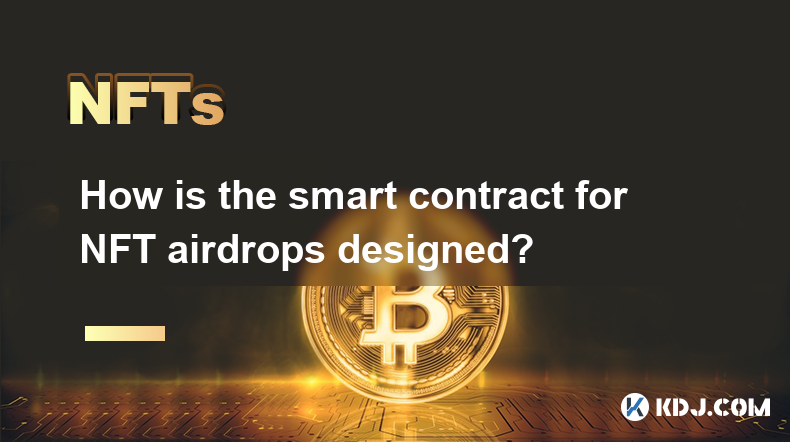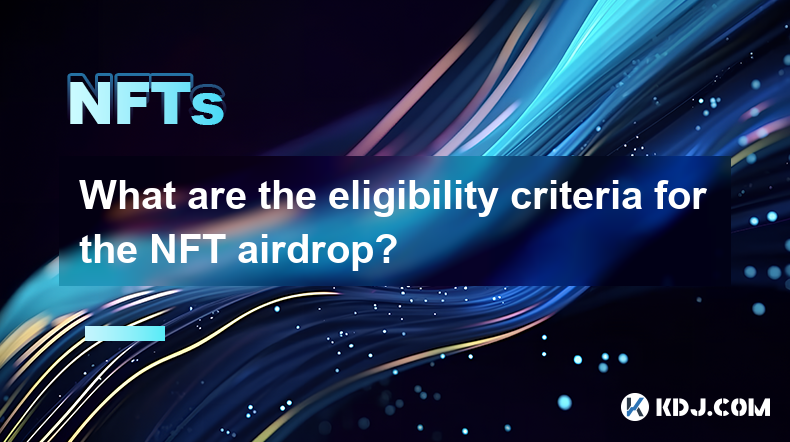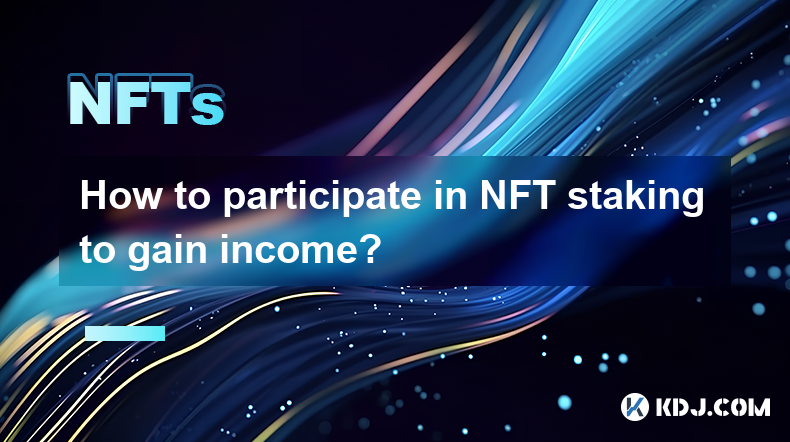-
 Bitcoin
Bitcoin $85,033.8535
1.17% -
 Ethereum
Ethereum $1,601.6239
2.40% -
 Tether USDt
Tether USDt $0.9998
-0.02% -
 XRP
XRP $2.0816
-0.36% -
 BNB
BNB $591.8032
1.50% -
 Solana
Solana $134.5402
4.40% -
 USDC
USDC $1.0000
0.00% -
 TRON
TRON $0.2495
-0.63% -
 Dogecoin
Dogecoin $0.1579
2.98% -
 Cardano
Cardano $0.6235
2.75% -
 UNUS SED LEO
UNUS SED LEO $9.0404
-3.92% -
 Chainlink
Chainlink $12.5761
3.19% -
 Avalanche
Avalanche $19.2826
2.38% -
 Toncoin
Toncoin $2.9759
3.44% -
 Stellar
Stellar $0.2404
2.04% -
 Shiba Inu
Shiba Inu $0.0...01190
2.15% -
 Sui
Sui $2.1421
2.84% -
 Hedera
Hedera $0.1636
4.43% -
 Bitcoin Cash
Bitcoin Cash $333.3231
4.53% -
 Polkadot
Polkadot $3.6531
3.10% -
 Litecoin
Litecoin $75.6935
1.57% -
 Hyperliquid
Hyperliquid $16.8002
7.83% -
 Dai
Dai $1.0002
0.01% -
 Bitget Token
Bitget Token $4.3605
1.13% -
 Ethena USDe
Ethena USDe $0.9992
-0.01% -
 Pi
Pi $0.6164
2.35% -
 Monero
Monero $216.8607
0.05% -
 Uniswap
Uniswap $5.2474
2.46% -
 Pepe
Pepe $0.0...07365
3.11% -
 OKB
OKB $50.7091
-1.30%
How do NFT Gas Wars occur when popular projects are released?
High demand during popular NFT drops overwhelms blockchain capacity, triggering "gas wars"—fierce bidding for transaction prioritization that inflates gas fees drastically, creating a barrier to entry for many.
Mar 01, 2025 at 07:31 pm

Key Points:
- NFT gas wars are a consequence of high demand exceeding available network capacity on blockchains like Ethereum.
- Multiple users attempt to mint or purchase NFTs simultaneously, leading to a bidding war for transaction prioritization.
- Gas fees, the cost of transactions, skyrocket due to competition, impacting accessibility for many users.
- Strategies exist to mitigate the impact of gas wars, but success isn't guaranteed.
- Understanding blockchain mechanics and market dynamics is crucial to navigating these events.
How do NFT Gas Wars occur when popular projects are released?
NFT gas wars are a common phenomenon in the cryptocurrency world, especially during the release of highly anticipated NFT projects. They arise from a fundamental limitation of blockchain technology: network congestion. When a popular NFT project launches, thousands or even millions of users simultaneously try to mint (create) or purchase NFTs. This surge in demand overwhelms the network's capacity to process transactions quickly.
The underlying mechanism is simple: blockchains like Ethereum, the most popular platform for NFTs, use a system of gas fees to prioritize transactions. Gas is essentially the computational cost of processing a transaction. The higher the gas fee offered, the higher the priority the transaction receives, ensuring it gets processed faster and included in the next block. During a highly sought-after NFT drop, users bid against each other by increasing their gas fees, leading to a "gas war."
This competition drives gas prices astronomically high. What might normally be a few dollars in gas fees can suddenly balloon to hundreds or even thousands of dollars during a gas war. This effectively creates a barrier to entry, preventing many users from participating, even if they have the funds to purchase the NFT. The outcome is that only those willing to pay exorbitant gas fees are successful.
The intensity of a gas war depends on several factors. The popularity of the project is paramount – the more hyped the project, the more intense the competition. The network's overall congestion also plays a role. If the network is already busy processing other transactions, the gas war will be more severe. The minting mechanism employed by the project itself can also influence the severity. Some projects use techniques to mitigate gas wars, but these aren't always effective.
Strategies to Mitigate the Impact of Gas Wars:
While there's no guaranteed way to win a gas war, several strategies can improve your chances:
- Use a fast and reliable gas estimator: Many tools are available to estimate the current gas price. Using these tools can help you set a competitive but reasonable gas fee.
- Use a metamask extension: Metamask is a popular crypto wallet that allows you to easily interact with dApps and pay gas fees.
- Monitor gas prices constantly: Keep an eye on gas price trackers to identify periods of lower congestion, potentially improving your chances.
- Use a transaction accelerator: Some services offer to accelerate your transactions by bundling them with others. This can sometimes improve your chances of success.
- Set a higher gas fee than the average: This increases the likelihood your transaction will be processed quickly. However, be aware that setting an excessively high gas fee might still not guarantee success.
- Consider using layer-2 solutions: Layer-2 scaling solutions like Polygon or Optimism can significantly reduce gas fees. However, not all NFT projects are compatible with these solutions.
- Use a bot (proceed with caution): Some users employ bots to automate the minting process. However, be aware that using bots can be risky and might violate the terms of service of the NFT project.
Understanding the Technical Aspects:
Understanding the technical aspects of gas wars can help you prepare. The Ethereum network uses a system of miners who compete to add blocks of transactions to the blockchain. Miners prioritize transactions with higher gas fees, as this maximizes their profit. During a gas war, the bidding for block inclusion drives gas prices up. The higher the demand, the more intense the competition among miners, further escalating gas fees. This mechanism is fundamental to the operation of the Ethereum network and is not easily altered.
The Role of Market Hype and Speculation:
The intensity of gas wars is significantly influenced by market hype and speculation. Projects with strong marketing campaigns, celebrity endorsements, or perceived scarcity tend to attract a larger number of participants, exacerbating the competition for NFT mints. The anticipation of potential future value also fuels the frenzy, leading to higher gas fees and increased participation.
Alternatives to Traditional Minting:
Some projects explore alternative minting methods to mitigate gas wars. These include techniques such as batch minting, where multiple NFTs are minted in a single transaction, reducing overall gas costs. However, these methods are not universally adopted, and their effectiveness varies depending on the specific implementation.
Frequently Asked Questions:
Q: What happens if I don't pay enough gas?
A: Your transaction will likely be rejected or remain pending indefinitely. The transaction will not be processed until the gas fee is increased to a competitive level.
Q: Are gas wars avoidable?
A: Not entirely. Gas wars are a consequence of high demand and limited network capacity. However, strategies can be employed to improve your chances of success.
Q: Are there any risks associated with participating in gas wars?
A: Yes. You risk losing money on high gas fees if your transaction fails. There's also the risk of scams or fraudulent projects exploiting the high demand.
Q: What are layer-2 solutions and how do they help?
A: Layer-2 solutions are scaling solutions that process transactions off the main Ethereum blockchain, reducing congestion and gas fees.
Q: Can I get a refund on high gas fees?
A: No. Gas fees are the cost of processing transactions on the blockchain. They are not refundable even if your transaction fails.
Q: What is the best way to choose a gas fee?
A: There is no single best way. Use gas fee estimators and monitor real-time prices to find a balance between speed and cost. Higher fees increase your chance of success but also increase your costs.
Disclaimer:info@kdj.com
The information provided is not trading advice. kdj.com does not assume any responsibility for any investments made based on the information provided in this article. Cryptocurrencies are highly volatile and it is highly recommended that you invest with caution after thorough research!
If you believe that the content used on this website infringes your copyright, please contact us immediately (info@kdj.com) and we will delete it promptly.
- Babylon Labs and Sui Expand Cooperation by Integrating BTC Staking Solution
- 2025-04-18 03:15:14
- XRP (XLM) Overtakes Ethereum (ETH) in Performance for the First Time in Five Months
- 2025-04-18 03:15:14
- Chainlink (LINK) Price Trapped in Multi-Week Falling Channel
- 2025-04-18 03:15:13
- The 'Base is for everyone' meme coin was briefly listed on Coinbase's Base network and got to a market cap of $17 million in its short-lived time.
- 2025-04-18 03:15:13
- Shiba Inu (SHIB) Price Prediction: Will SHIB Boom in 2025?
- 2025-04-18 03:10:19
- Solaxy (SOLX) Presale Raises Over $30 Million Ahead of Network Launch
- 2025-04-18 03:10:19
Related knowledge

How is the smart contract for NFT airdrops designed?
Apr 18,2025 at 03:10am
The design of a smart contract for NFT airdrops is a complex process that requires careful consideration of various factors to ensure the airdrop is executed smoothly and securely. This article will delve into the intricacies of how such a smart contract is designed, focusing on key components, security measures, and the implementation process. Key Comp...

What are the eligibility criteria for the NFT airdrop?
Apr 17,2025 at 04:56pm
Understanding NFT AirdropsNFT airdrops are a popular method used by blockchain projects to distribute non-fungible tokens (NFTs) to their community members. These airdrops can serve various purposes, such as rewarding loyal users, promoting new projects, or increasing the visibility of existing ones. To participate in an NFT airdrop, individuals must me...

What core technologies are needed to develop an NFT platform?
Apr 18,2025 at 02:29am
Developing an NFT (Non-Fungible Token) platform requires a deep understanding of several core technologies. These technologies span various domains including blockchain, smart contracts, and user interface design. Here, we will explore the essential technologies needed to build a robust and user-friendly NFT platform. Blockchain TechnologyBlockchain is ...

How to combine traditional artworks with NFTs?
Apr 17,2025 at 12:35am
The integration of traditional artworks with Non-Fungible Tokens (NFTs) represents a fascinating intersection of art and technology, offering artists and collectors new ways to engage with and monetize art. This article will explore how traditional artworks can be combined with NFTs, providing a detailed guide on the process, benefits, and consideration...

How to find potential NFT projects through data analysis?
Apr 18,2025 at 12:08am
Introduction to NFT Data AnalysisFinding potential NFT projects through data analysis involves a systematic approach to evaluating various data points that can indicate the potential success or failure of a project. By understanding the key metrics and trends, investors and enthusiasts can make more informed decisions. The process involves analyzing sal...

How to participate in NFT staking to gain income?
Apr 17,2025 at 06:14pm
Participating in NFT staking to generate income has become an increasingly popular method within the cryptocurrency community. NFT staking involves locking up your Non-Fungible Tokens in a smart contract to earn rewards, typically in the form of additional tokens or other benefits. This guide will walk you through the process of participating in NFT sta...

How is the smart contract for NFT airdrops designed?
Apr 18,2025 at 03:10am
The design of a smart contract for NFT airdrops is a complex process that requires careful consideration of various factors to ensure the airdrop is executed smoothly and securely. This article will delve into the intricacies of how such a smart contract is designed, focusing on key components, security measures, and the implementation process. Key Comp...

What are the eligibility criteria for the NFT airdrop?
Apr 17,2025 at 04:56pm
Understanding NFT AirdropsNFT airdrops are a popular method used by blockchain projects to distribute non-fungible tokens (NFTs) to their community members. These airdrops can serve various purposes, such as rewarding loyal users, promoting new projects, or increasing the visibility of existing ones. To participate in an NFT airdrop, individuals must me...

What core technologies are needed to develop an NFT platform?
Apr 18,2025 at 02:29am
Developing an NFT (Non-Fungible Token) platform requires a deep understanding of several core technologies. These technologies span various domains including blockchain, smart contracts, and user interface design. Here, we will explore the essential technologies needed to build a robust and user-friendly NFT platform. Blockchain TechnologyBlockchain is ...

How to combine traditional artworks with NFTs?
Apr 17,2025 at 12:35am
The integration of traditional artworks with Non-Fungible Tokens (NFTs) represents a fascinating intersection of art and technology, offering artists and collectors new ways to engage with and monetize art. This article will explore how traditional artworks can be combined with NFTs, providing a detailed guide on the process, benefits, and consideration...

How to find potential NFT projects through data analysis?
Apr 18,2025 at 12:08am
Introduction to NFT Data AnalysisFinding potential NFT projects through data analysis involves a systematic approach to evaluating various data points that can indicate the potential success or failure of a project. By understanding the key metrics and trends, investors and enthusiasts can make more informed decisions. The process involves analyzing sal...

How to participate in NFT staking to gain income?
Apr 17,2025 at 06:14pm
Participating in NFT staking to generate income has become an increasingly popular method within the cryptocurrency community. NFT staking involves locking up your Non-Fungible Tokens in a smart contract to earn rewards, typically in the form of additional tokens or other benefits. This guide will walk you through the process of participating in NFT sta...
See all articles
























































































